Bird Nest Removal Timing Guide
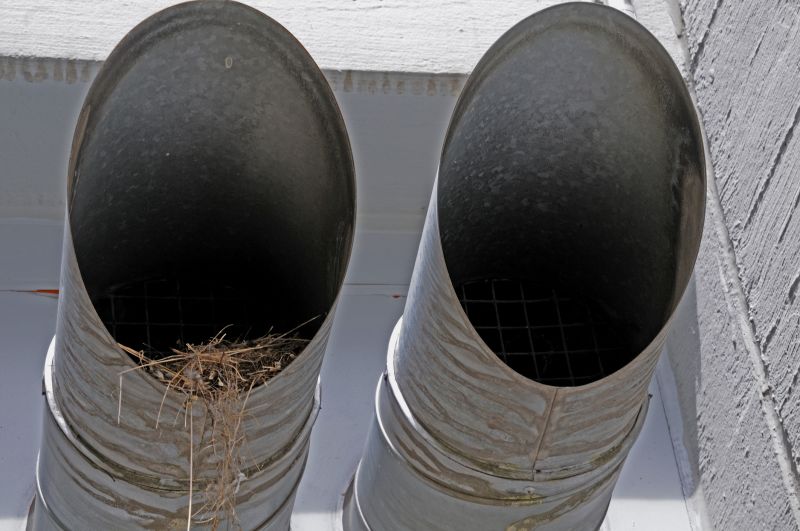
Spring is often considered the optimal time for bird nest removals, as it precedes the breeding season for many species.
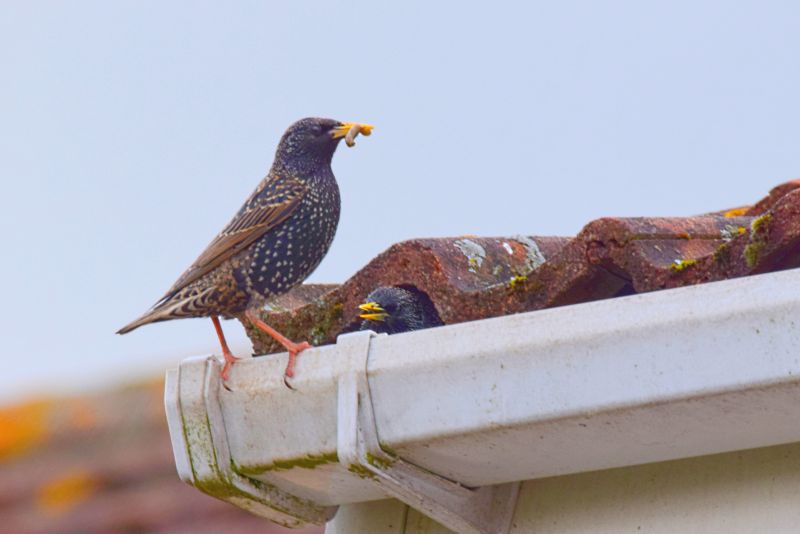
Late summer may be suitable once nesting activity declines, reducing disturbance to bird populations.
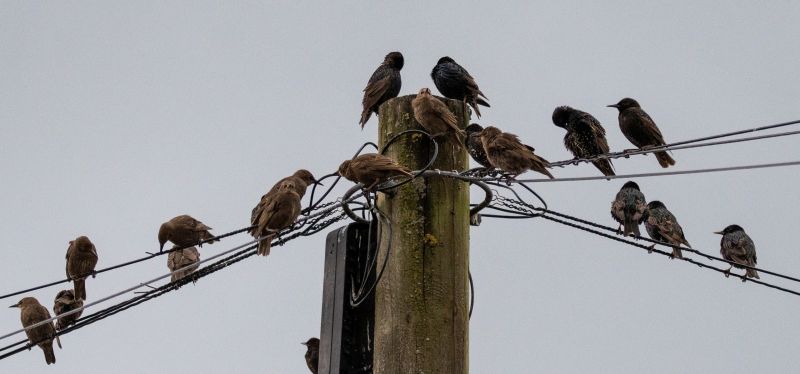
Removing nests during fall or winter is ideal when nests are abandoned, minimizing impact on wildlife.

Ways to make Bird Nest Removals work in tight or awkward layouts.
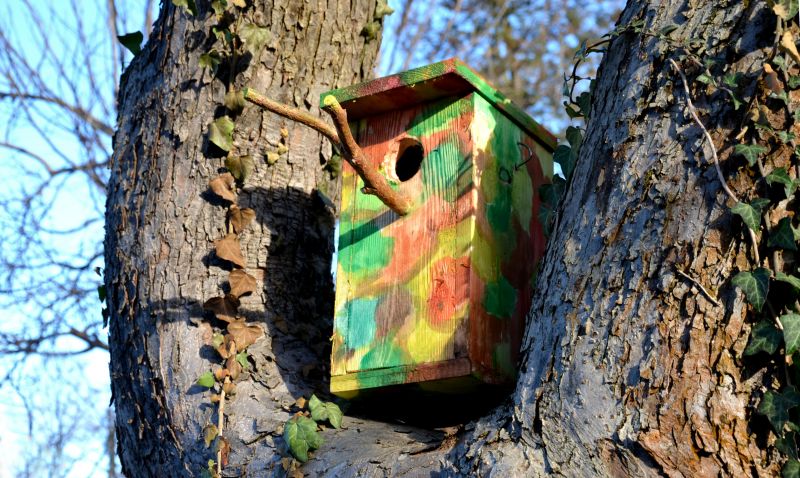
Popular materials for Bird Nest Removals and why they hold up over time.
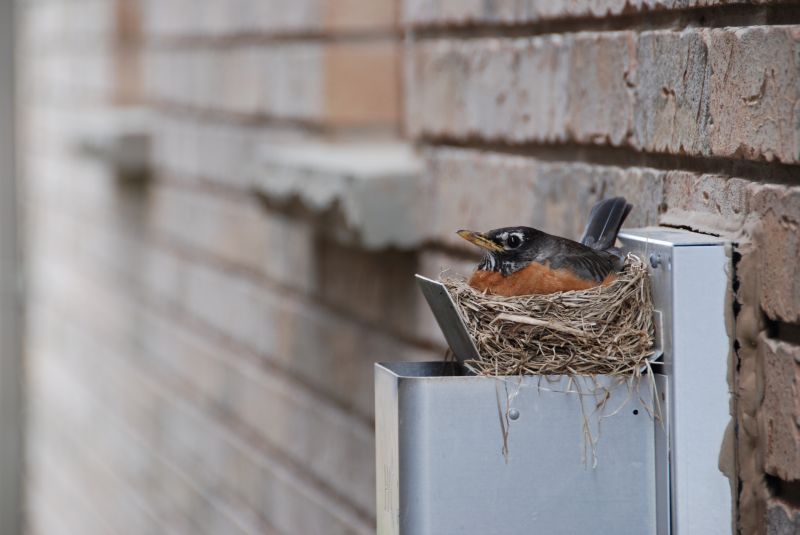
Simple add-ons that improve Bird Nest Removals without blowing the budget.

High-end options that actually feel worth it for Bird Nest Removals.

Finishes and colors that play nicely with Bird Nest Removals.
Bird nest removals involve the careful and humane removal of nests built by various bird species on structures, trees, and other surfaces. The timing of removal is crucial to ensure compliance with wildlife regulations and to prevent harm to active bird populations. Proper timing helps avoid disturbing nesting birds during breeding and rearing periods, which can lead to legal issues and ecological disruption.
Many birds migrate and start nesting in spring, making early removal potentially disruptive.
Different species have varying breeding seasons; understanding these helps determine the best removal timing.
Removing nests during active breeding periods may be restricted by wildlife protection laws.
Removing nests when they are abandoned reduces the risk of re-nesting and minimizes wildlife disturbance.

Technicians carefully remove nests from building ledges and eaves.

Monitoring shows minimal disturbance when removal is timed appropriately.
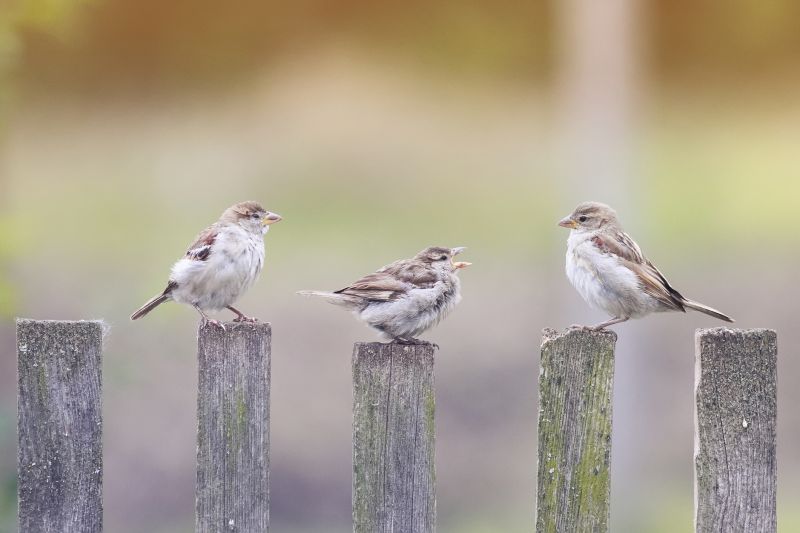
Visuals of bird species active during different seasons.

Tools used for safe and humane nest removal.
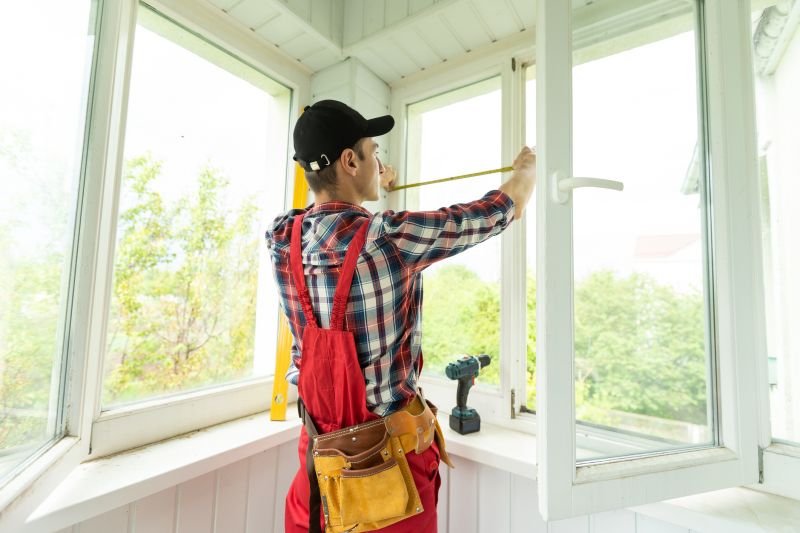
Little measurements that prevent headaches on Bird Nest Removals day.
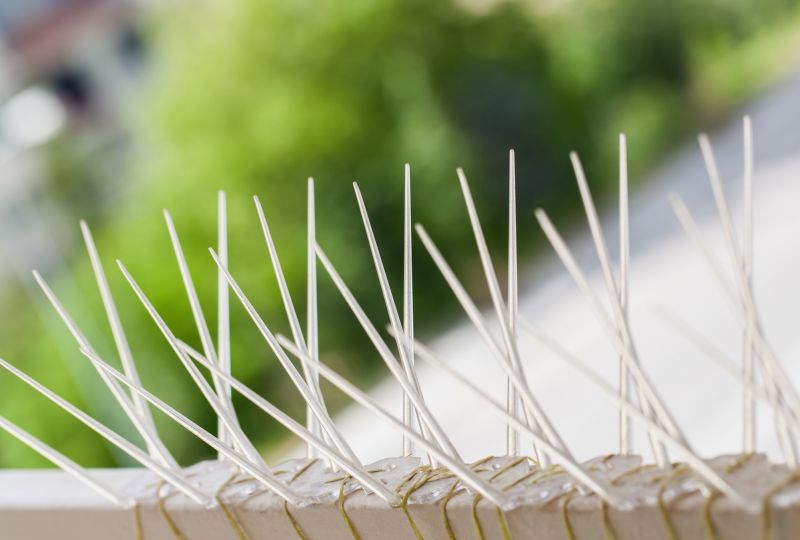
A 60-second routine that keeps Bird Nest Removals looking new.
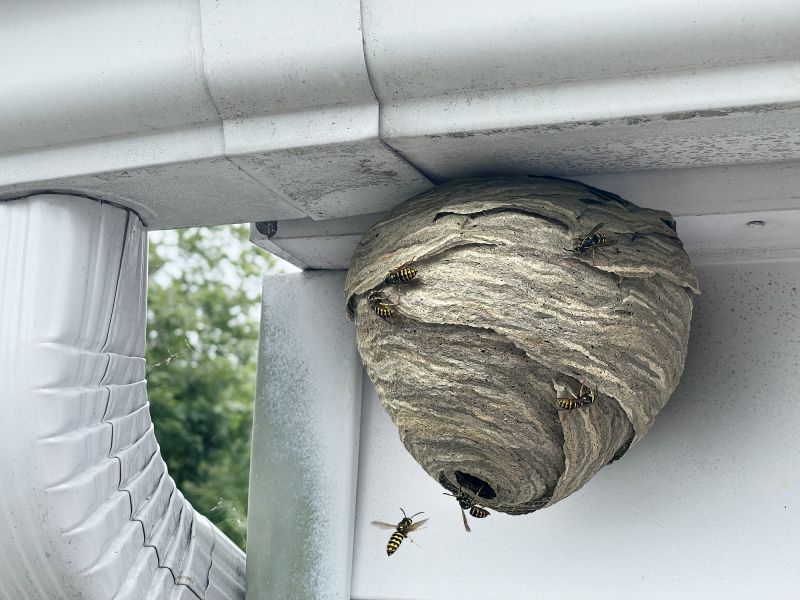
A frequent mistake in Bird Nest Removals and how to dodge it.

Small tweaks to make Bird Nest Removals safer and easier to use.
| Season | Recommended Action |
|---|---|
| Spring | Avoid removal during peak nesting |
| Summer | Remove after nesting season ends |
| Fall | Ideal for removal as nests are abandoned |
| Winter | Best time for complete removal without disturbing birds |
| Early Summer | Monitor for active nests before removal |
Understanding the seasonal patterns of bird nesting helps determine the most appropriate time for nest removal. Timing should prioritize minimizing disturbance to breeding birds and complying with wildlife protection laws. Properly scheduled removals contribute to effective prevention of re-nesting and reduce potential damage caused by accumulated nests.

Specialized methods ensure safe removal without harming birds.
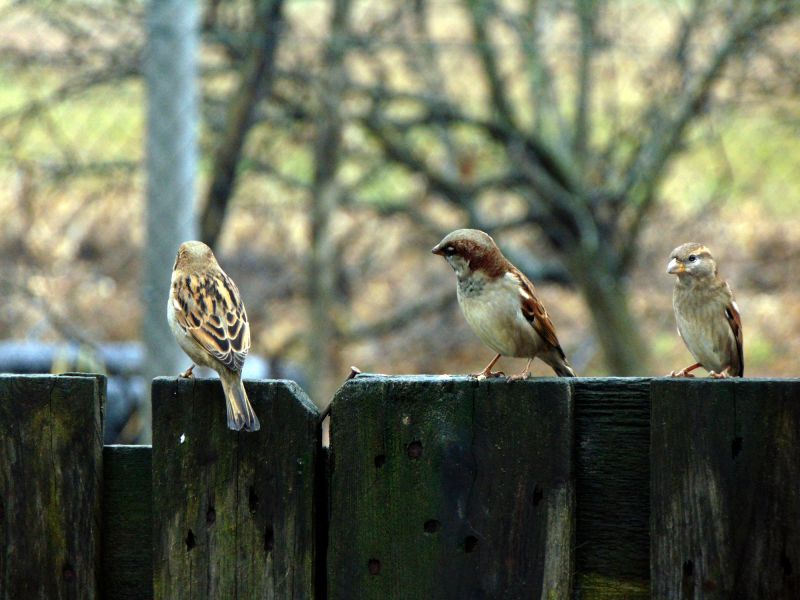
Post-removal monitoring confirms minimal impact on local bird populations.

Removing nests at the right time prevents damage caused by nesting materials.
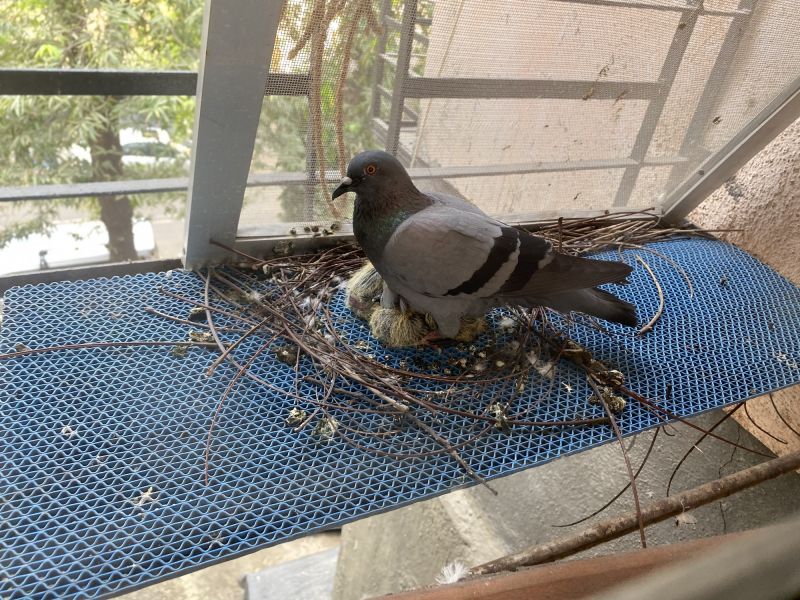
Timing and methods adhere to wildlife protection regulations.
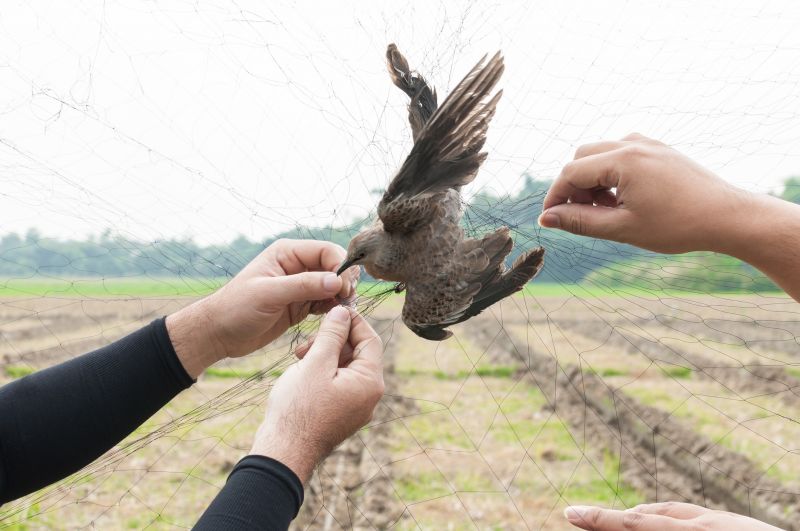
Lower-waste or water-saving choices for Bird Nest Removals.
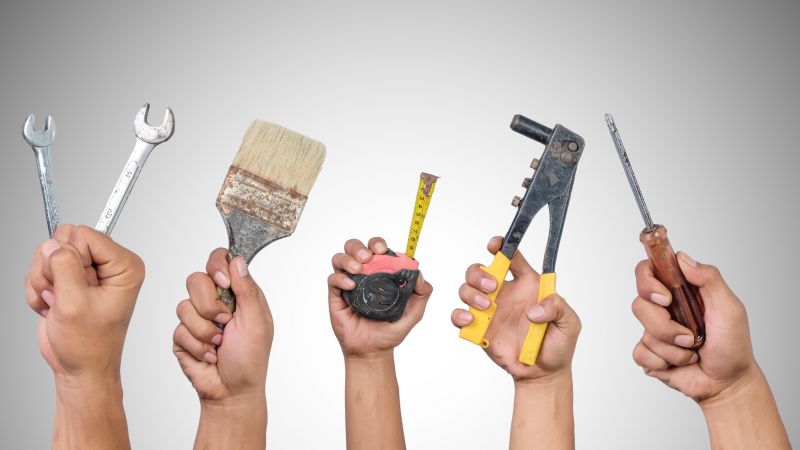
The short, realistic tool list for quality Bird Nest Removals.
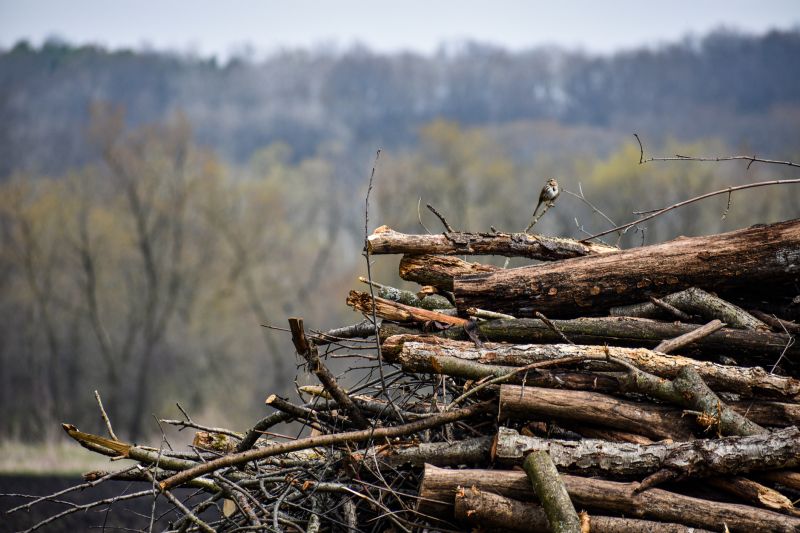
Rough timing from prep to clean-up for Bird Nest Removals.

Quick checks and paperwork to keep after Bird Nest Removals.
Proper timing and methods are essential for humane and effective bird nest removal. Avoiding active nesting periods reduces the risk of legal issues and ecological harm. Scheduled removals, aligned with bird breeding cycles, support property maintenance and wildlife conservation efforts.



